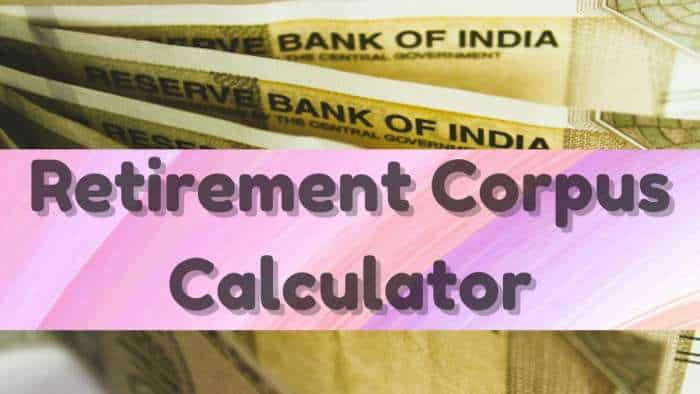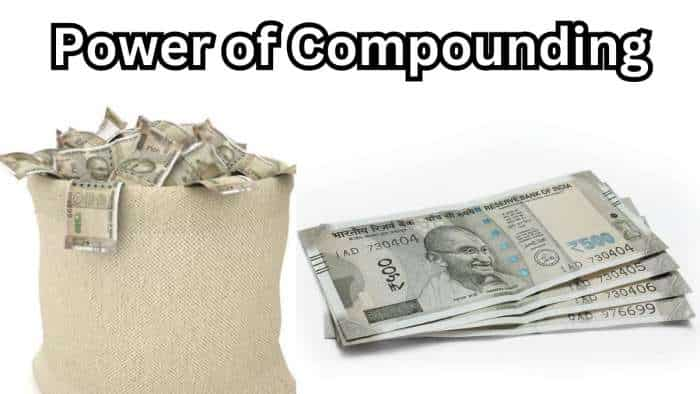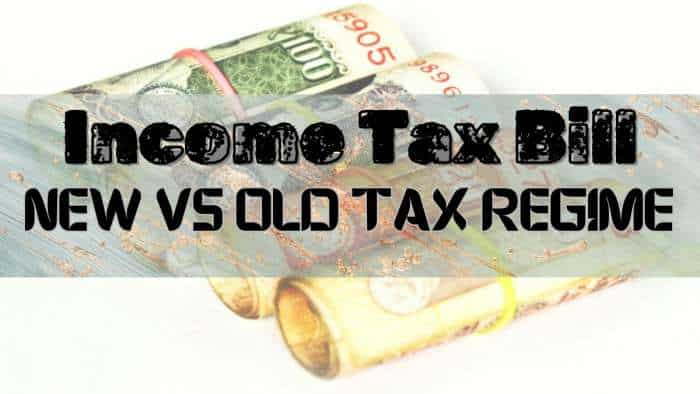EXPLAINED | Credit cards: How to calculate credit utilisation ratio and why it is important to keep it in check
Maintaining a low credit utilisation ratio is instrumental in enhancing your credit score. It signals to lenders that you are adept at managing credit responsibly without exhausting your credit card.
)
Harnessing the full potential of credit cards offers perks from boosting credit ratings to reaping rewards and providing essential financial flexibility in emergencies. One of the most pivotal metrics in optimising credit card usage is the credit utilisation ratio.
What is credit utilisation rate or debt-to-credit ratio rate?
At its core, the credit utilisation ratio, occasionally referred to as the debt-to-credit ratio, quantifies the proportion of your accessible credit you are currently leveraging. Simply put, it is the relationship between your existing credit card balances and your collective credit limit. This ratio is a key component employed by credit referencing agencies to compute a borrower's credit score.
Why does debt-to-credit ratio increase when you max out a credit card?
Maxing out a credit card translates to using 100 per cent of the available credit limit on that card. This action inflates your debt-to-credit ratio, as the balance of your debt (what you owe) increases relative to your credit limit (your borrowing allowance). High utilisation hints at possible over-extension and potential difficulty managing additional credit, which can contribute to a downturn in your credit score.
What is credit score and why should you track it?
A credit score is a numerical summary of an individual's creditworthiness, utilised by lenders to evaluate the probability of the individual honouring their debt repayments promptly. It's shaped by numerous factors, encompassing payment history, current debt, length of credit history, variety of credit types, and recent credit applications. Notably, the credit utilisation ratio impacts approximately 30 per cent of your credit score, underscoring the importance of tracking it to uphold or enhance your credit rating.
Credit utilisation: A practical illustration
Let's consider an example for clarity: you have a single credit card with a limit of Rs 50,000, and you've run up a balance of Rs 20,000. This balance signifies the amount you have expended and not yet reimbursed.
The credit utilisation ratio is then computed by dividing your debt (Rs 20,000) by your credit limit (Rs 50,000):
20,000 / 50,000 = 0.4
This is then converted into a percentage:
0.4 * 100 = 40 per cent
In this case, your credit utilisation rate stands at 40 per cent, indicating you're utilising 40 per cent of your credit card's available limit.
Maintaining a low credit utilisation ratio is instrumental in enhancing your credit score. It signals to lenders that you are adept at managing credit responsibly without exhausting your credit cards, thereby reducing your borrowing risk profile.
Get Latest Business News, Stock Market Updates and Videos; Check your tax outgo through Income Tax Calculator and save money through our Personal Finance coverage. Check Business Breaking News Live on Zee Business Twitter and Facebook. Subscribe on YouTube.
RECOMMENDED STORIES

Retirement Planning: How one-time investment of Rs 10,00,000 can create Rs 3,00,00,000 retirement corpus

Monthly Pension Calculations: Is your basic pension Rs 25,000, Rs 35,000, or Rs 50,000? Know what can be your total pension as per latest DR rates

Dearness Allowance (DA) Calculations: Is your basic monthly salary Rs 25,500, Rs 35,400, or Rs 53,100? Know how much DA will you get at different rates

Fixed Deposit Rates for 1 Lakh Investment: Compare SBI, PNB, HDFC, ICICI, and Post Office 3-year FD returns

Power of Compounding: How long it will take to build Rs 8 crore corpus with Rs 7,000, Rs 11,000 and Rs 16,000 monthly investments
02:32 PM IST










 DTI Ratio Explained: How a high debt-to-income ratio can lead to loan rejection & how to improve
DTI Ratio Explained: How a high debt-to-income ratio can lead to loan rejection & how to improve Credit Card Tips: Should you carry one card for all purposes or different cards for different purposes?
Credit Card Tips: Should you carry one card for all purposes or different cards for different purposes? Cibil Score: Need Cibil score of over 750; use these tricks of trade to improve Cibil score
Cibil Score: Need Cibil score of over 750; use these tricks of trade to improve Cibil score Credit Card: What to do if your credit card company suddenly changes the terms of your card?
Credit Card: What to do if your credit card company suddenly changes the terms of your card? Know these credit score myths before starting your credit journey
Know these credit score myths before starting your credit journey